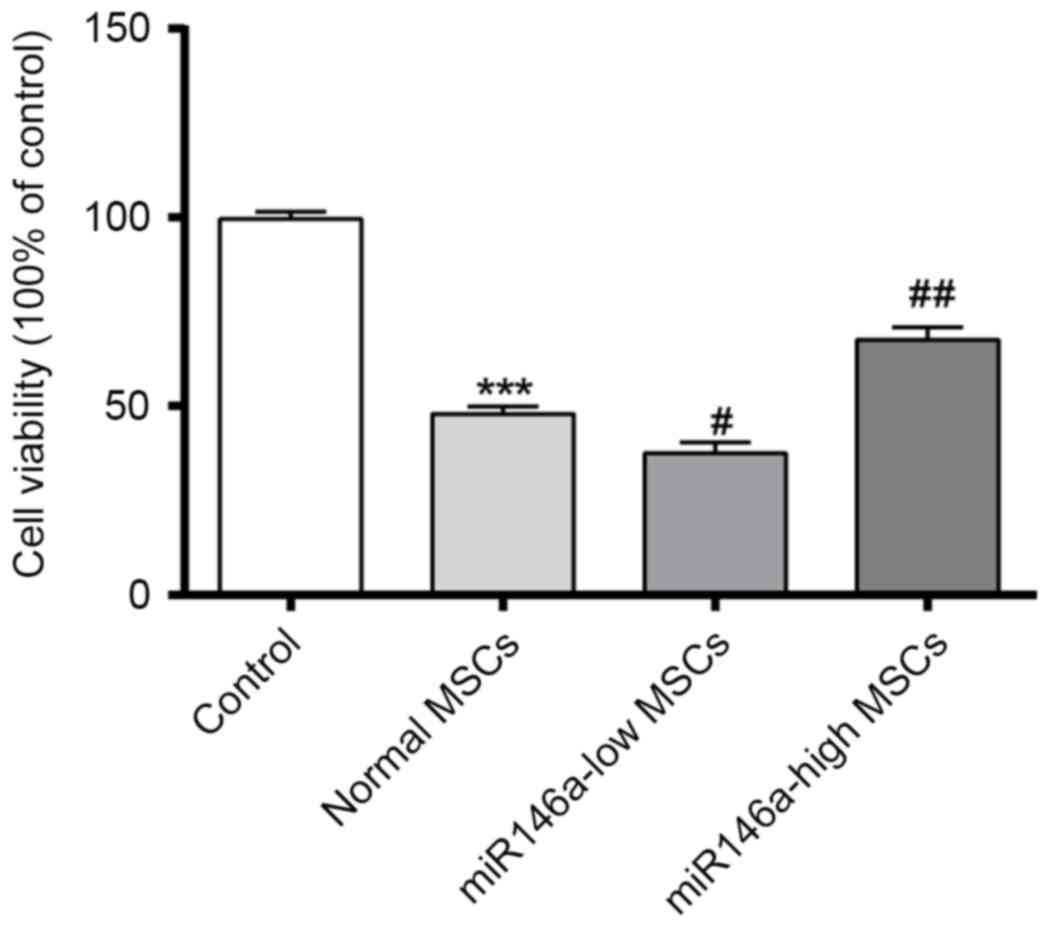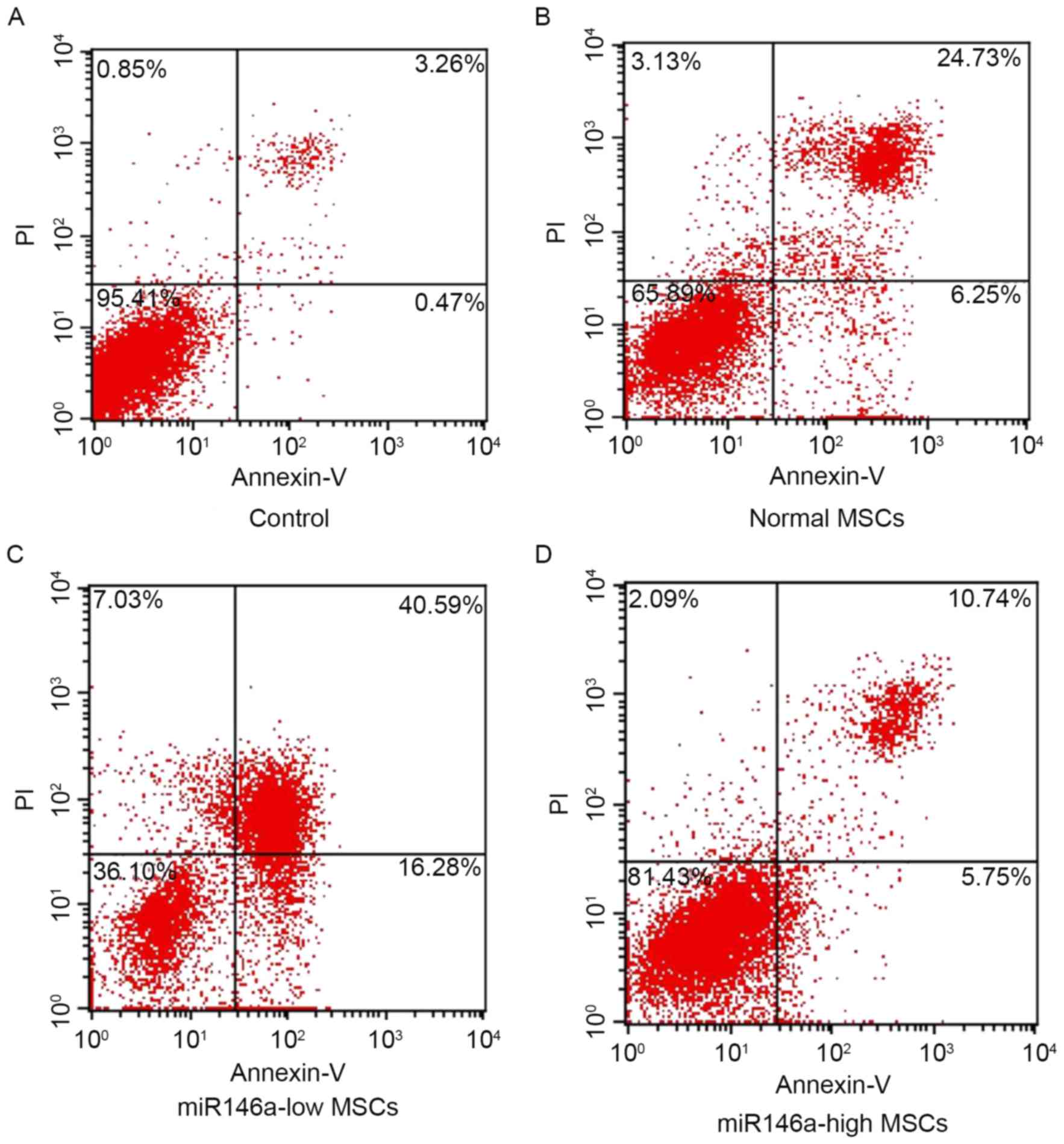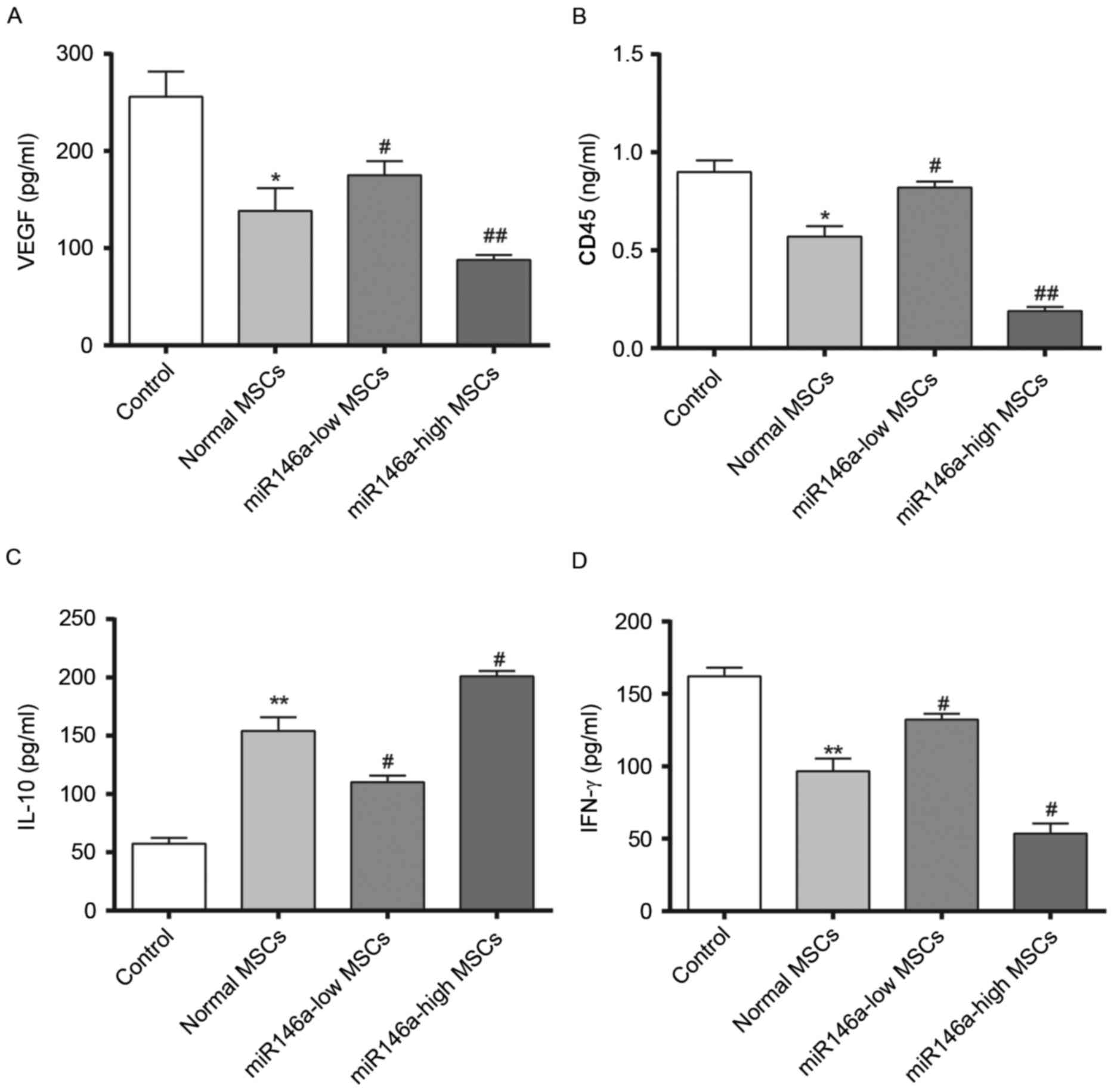|
1
|
Welling JD, Pike EC and Mauger TF: Alkali
burn of the ocular surface associated with a commonly used antifog
agent for eyewear: Two cases and a review of previous reports.
Cornea. 35:289–291. 2016. View Article : Google Scholar : PubMed/NCBI
|
|
2
|
Saud EE, Moraes HV Jr, Marculino LG, Gomes
JA, Allodi S and Miguel NC: Clinical and histopathological outcomes
of subconjunctival triamcinolone injection for the treatment of
acute ocular alkali burn in rabbits. Cornea. 31:181–187. 2012.
View Article : Google Scholar : PubMed/NCBI
|
|
3
|
Hua MT and Betz P: Descemet membrane
detachment after alkali ocular surface burn. Bull Soc Belge
Ophtalmol. 85–86. 2010.PubMed/NCBI
|
|
4
|
Nishiwaki-Dantas MC, Dantas PE and Reggi
JR: Ipsilateral limbal translocation for treatment of partial
limbal deficiency secondary to ocular alkali burn. Br J Ophthalmol.
85:1031–1033. 2001. View Article : Google Scholar : PubMed/NCBI
|
|
5
|
Ke Y, Wu Y, Cui X, Liu X, Yu M, Yang C and
Li X: Polysaccharide hydrogel combined with mesenchymal stem cells
promotes the healing of corneal alkali burn in rats. Plos One.
10:e01197252015. View Article : Google Scholar : PubMed/NCBI
|
|
6
|
Cox CD, Nakayama Y, Nomura T and Martinac
B: The evolutionary ‘tinkering’ of MscS-like channels: Generation
of structural and functional diversity. Pflugers Arch. 467:3–13.
2015. View Article : Google Scholar : PubMed/NCBI
|
|
7
|
Dumitru CA, Hemeda H, Jakob M, Lang S and
Brandau S: Stimulation of mesenchymal stromal cells (MSCs) via TLR3
reveals a novel mechanism of autocrine priming. Faseb J.
28:3856–3866. 2014. View Article : Google Scholar : PubMed/NCBI
|
|
8
|
Lemos DR, Eisner C, Hopkins CI and Rossi
FMV: Skeletal muscle-resident MSCs and bone formation. Bone.
80:19–23. 2015. View Article : Google Scholar : PubMed/NCBI
|
|
9
|
Rowe I, Anishkin A, Kamaraju K, Yoshimura
K and Sukharev S: The cytoplasmic cage domain of the
mechanosensitive channel MscS is a sensor of macromolecular
crowding. J Gen Physiol. 143:543–557. 2014. View Article : Google Scholar : PubMed/NCBI
|
|
10
|
Bhoj M, Zhang C and Green DW: A first step
in de novo synthesis of a living pulp tissue replacement using
dental pulp MSCs and tissue growth factors, encapsulated within a
bioinspired alginate hydrogel. J Endod. 41:1100–1107. 2015.
View Article : Google Scholar : PubMed/NCBI
|
|
11
|
Langroudi L, Hassan ZM, Soleimani M and
Hashemi SM: Tumor associated mesenchymal stromal cells show higher
immunosuppressive and angiogenic properties compared to adipose
derived MSCs. Iran J Immunol. 12:226–239. 2015.PubMed/NCBI
|
|
12
|
Bajpai I, Kim DY, Kyong-Jin J, Song IH and
Kim S: Response of human bone marrow-derived MSCs on triphasic Ca-P
substrate with various HA/TCP ratio. J Biomed Mater Res B Appl
Biomater. 105:72–80. 2017. View Article : Google Scholar : PubMed/NCBI
|
|
13
|
Naqvi AR, Zhong S, Dang H, Fordham JB,
Nares S and Khan A: Expression profiling of LPS responsive miRNA in
primary human macrophages. J Microb Biochem Technol. 8:136–143.
2016.PubMed/NCBI
|
|
14
|
Li D, Mou W, Luo Z, Li L, Limwachiranon J,
Mao L and Ying T: Developmental and stress regulation on expression
of a novel miRNA, Fan-miR73, and its target ABI5 in strawberry. Sci
Rep. 6:283852016. View Article : Google Scholar : PubMed/NCBI
|
|
15
|
Wang P, Xu J, Hou Z, Wang F, Song Y, Wang
J, Zhu H and Jin H: miRNA-34a promotes proliferation of human
pulmonary artery smooth muscle cells by targeting PDGFRA. Cell
Prolif. 49:484–493. 2016. View Article : Google Scholar : PubMed/NCBI
|
|
16
|
Zibara K, Awada Z, Dib L, El-Saghir J,
Al-Ghadban S, Ibrik A, El-Zein N and El-Sabban M: Anti-angiogenesis
therapy and gap junction inhibition reduce MDA-MB-231 breast cancer
cell invasion and metastasis in vitro and in vivo. Sci Rep.
5:125982015. View Article : Google Scholar : PubMed/NCBI
|
|
17
|
Livak KJ and Schmittgen TD: Analysis of
relative gene expression data using real-time quantitative PCR and
the 2(-Delta Delta C(T)) method. Methods. 25:402–408. 2001.
View Article : Google Scholar : PubMed/NCBI
|
|
18
|
Ji YB and Yu L: In vitro analysis of the
role of the mitochondrial apoptosis pathway in CSBE therapy against
human gastric cancer. Exp Ther Med. 10:2403–2409. 2015. View Article : Google Scholar : PubMed/NCBI
|
|
19
|
Giacomini C, Ferrari G, Bignami F and Rama
P: Alkali burn versus suture-induced corneal neovascularization in
C57BL/6 mice: An overview of two common animal models of corneal
neovascularization. Exp Eye Res. 121:1–4. 2014. View Article : Google Scholar : PubMed/NCBI
|
|
20
|
Anderson C, Zhou Q and Wang S: An
alkali-burn injury model of corneal neovascularization in the
mouse. J Vis Exp. 86:e511592014.
|
|
21
|
Nikiforou M, Willburger C, De Jong AE,
Kloosterboer N, Jellema RK, Ophelders DR, Steinbusch HW, Kramer BW
and Wolfs TG: Global hypoxia-ischemia induced inflammation and
structural changes in the preterm ovine gut which were not
ameliorated by mesenchymal stem cell treatment. Mol Med. 22:2016.
View Article : Google Scholar : PubMed/NCBI
|
|
22
|
Liang X, Zhang L, Wang S, Han Q and Zhao
RC: Exosomes secreted by mesenchymal stem cells promote endothelial
cell angiogenesis by transferring miR-125a. J Cell Sci.
129:2182–2189. 2016. View Article : Google Scholar : PubMed/NCBI
|
|
23
|
Xu X, Yan C, Kossmann BR and Ivanov I:
Secondary interaction interfaces with PCNA control conformational
switching of DNA polymerase PolB from polymerization to editing. J
Phys Chem B. 120:8379–8388. 2016. View Article : Google Scholar : PubMed/NCBI
|
|
24
|
Su P, Wang Y, Cooper DN, Zhu W, Huang D,
Férec C, Wang Y and Chen JM: Disclosing the hidden structure and
underlying mutational mechanism of a novel type of duplication CNV
responsible for hereditary multiple osteochondromas. Hum Mutat.
36:758–763. 2015. View Article : Google Scholar : PubMed/NCBI
|
|
25
|
Moro C, Cornette R, Vieaud A, Bruneau N,
Gourichon D, Bed'hom B and Tixier-Boichard M: Quantitative effect
of a CNV on a morphological trait in chickens. Plos One.
10:e01187062015. View Article : Google Scholar : PubMed/NCBI
|
|
26
|
Ikeda H, Old LJ and Schreiber RD: The
roles of IFN gamma in protection against tumor development and
cancer immunoediting. Cytokine Growth Factor Rev. 13:95–109. 2002.
View Article : Google Scholar : PubMed/NCBI
|
|
27
|
Baer C, Squadrito ML, Laoui D, Thompson D,
Hansen SK, Kiialainen A, Hoves S, Ries CH, Ooi CH and De Palma M:
Suppression of microRNA activity amplifies IFN-gamma-induced
macrophage activation and promotes anti-tumour immunity. Nat Cell
Biol. 18:790–802. 2016. View
Article : Google Scholar : PubMed/NCBI
|














